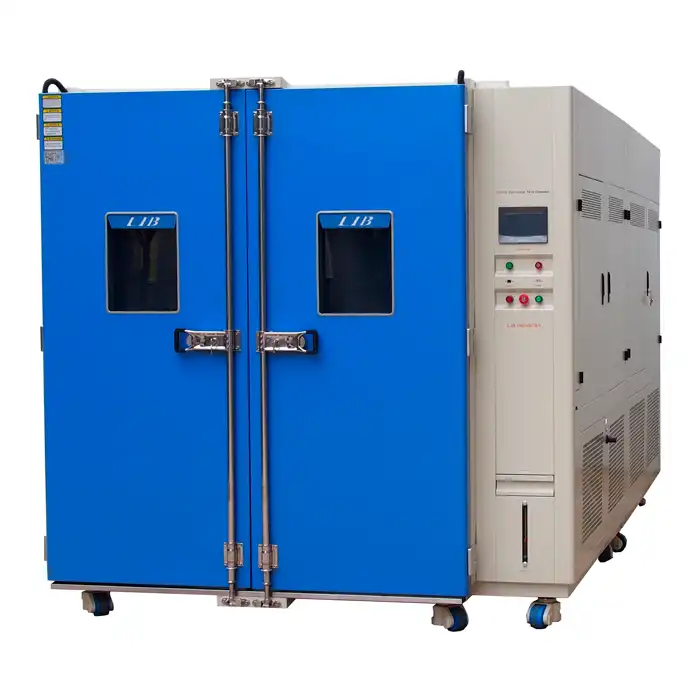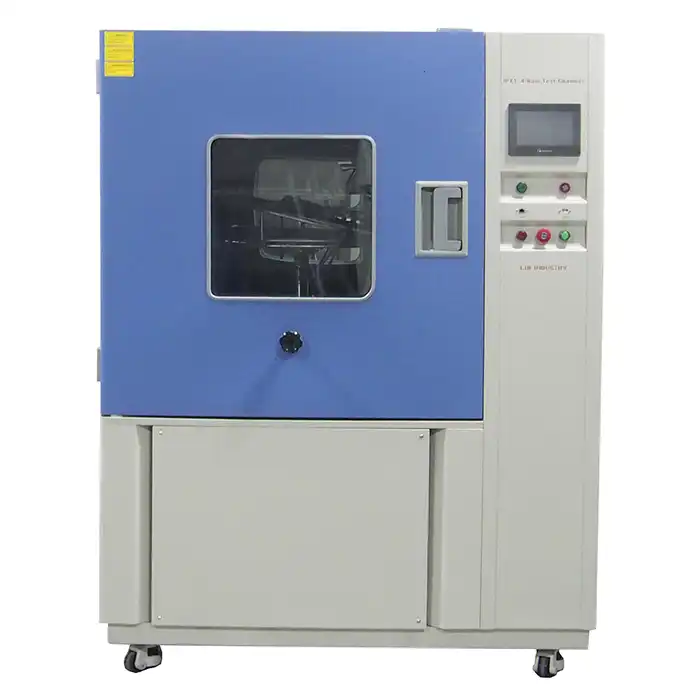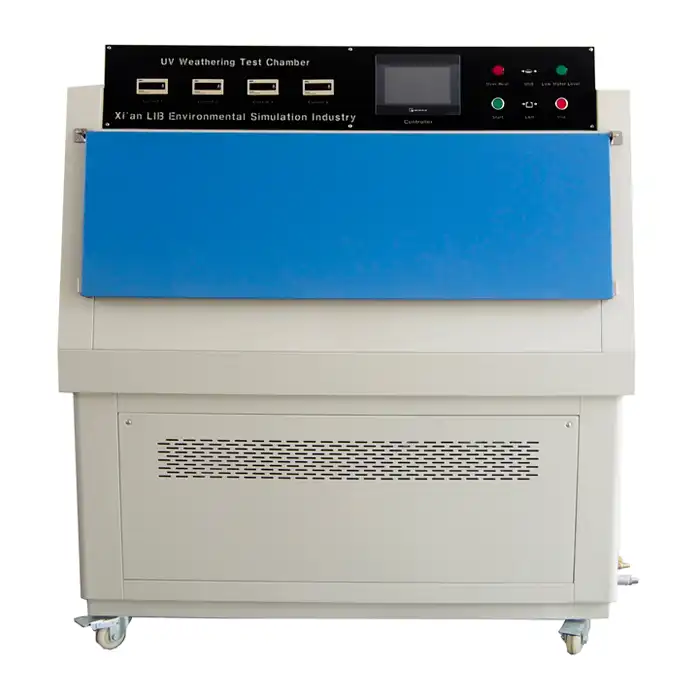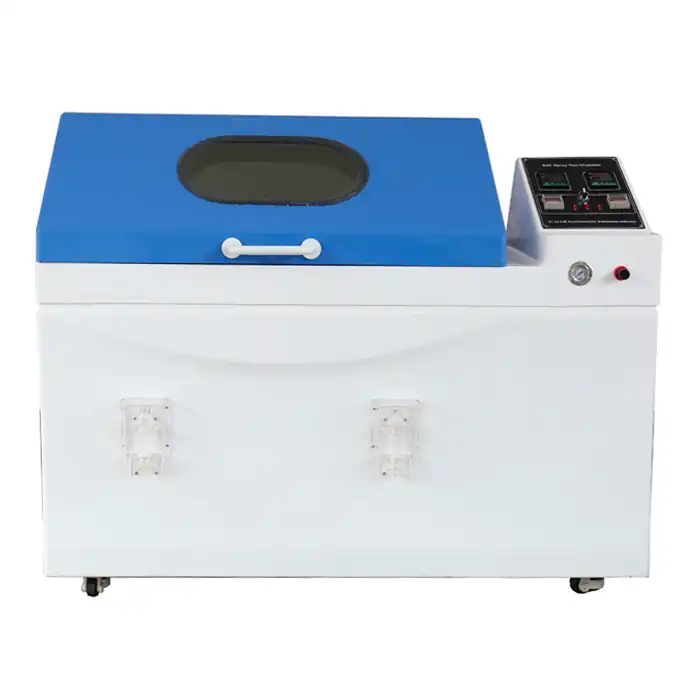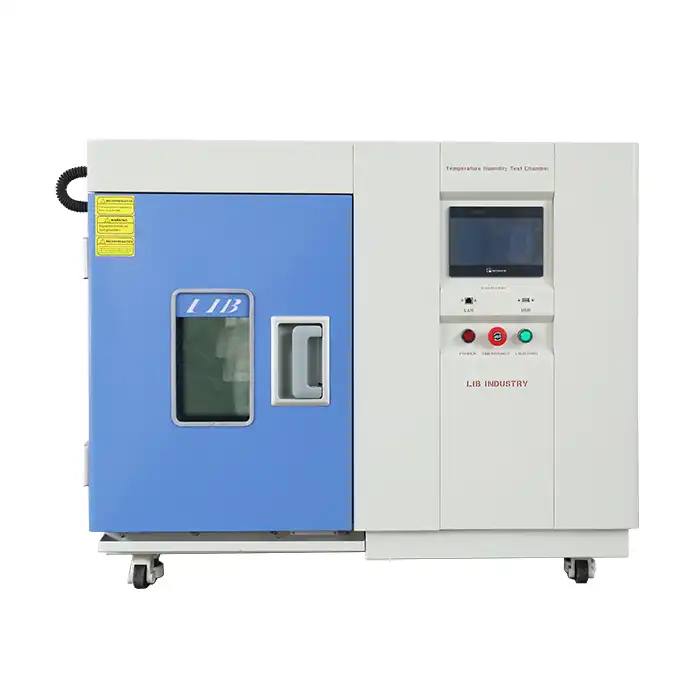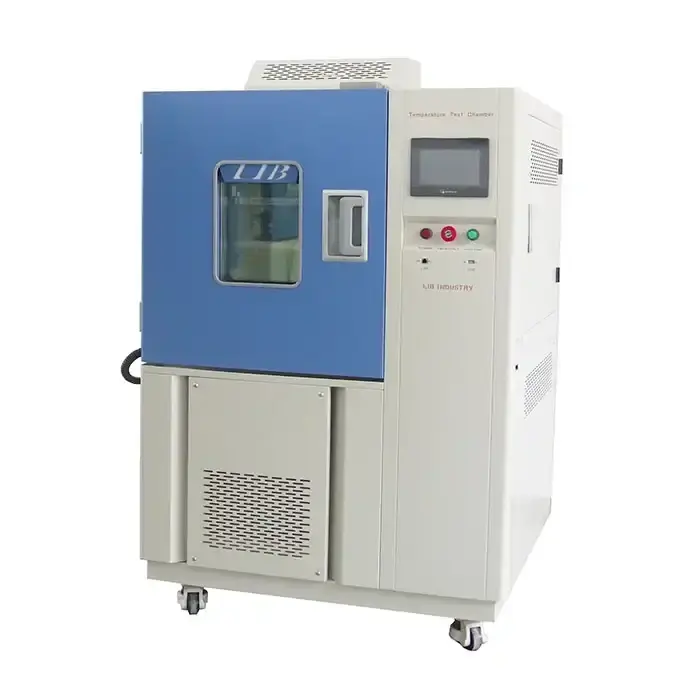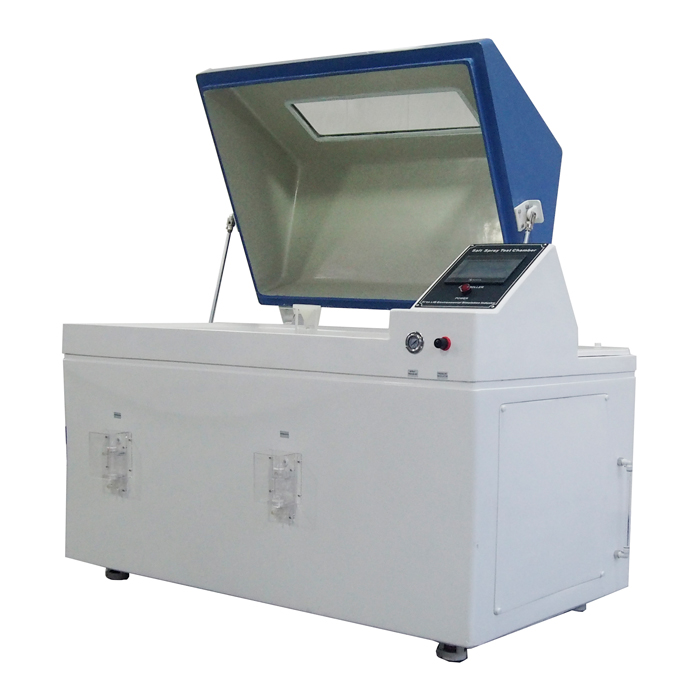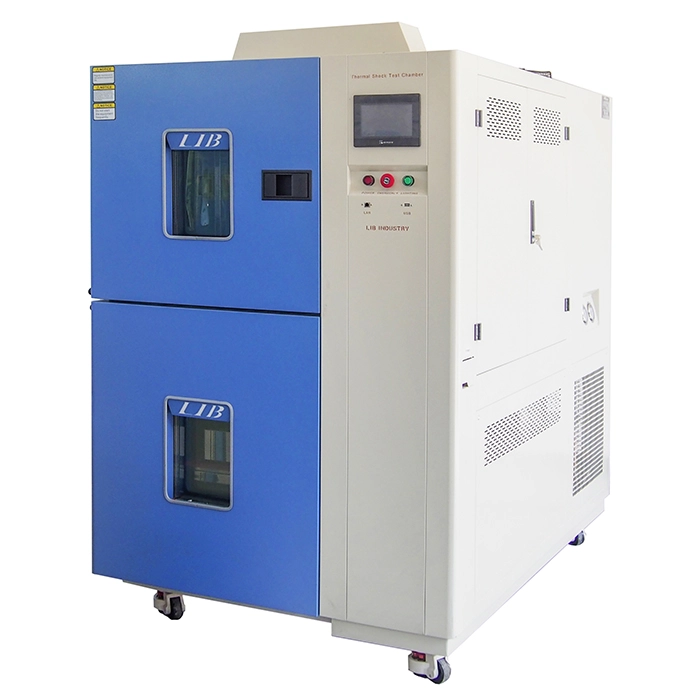Contact Us
 +8618700875368
+8618700875368
No.6 Zhangba First Street, High-Tech Area, Xi'an City, Shaanxi Province, P.R. China 710065
What is shelf life testing of pharmaceutical product?
2024-09-20 20:12:01
With regards to drug items, guaranteeing their security, adequacy, and stability is central. One of the critical cycles in accomplishing this is shelf life testing. This fundamental technique assumes a significant part in deciding how long a drug item stays successful and safe for utilization. In this blog, we will dig into the significance of shelf life testing, the job of shelf life test chambers, and the administrative principles that guide this cycle.

Understanding Shelf Life Testing
Shelf life testing is a critical process designed to assess how long a pharmaceutical product can maintain its intended quality, safety, and efficacy under specific storage conditions. The primary objective is to determine the expiration date, which is the point at which the product is no longer considered effective or safe for use.
-
The Importance of Accurate Shelf Life Determination
Accurately determining the shelf life of pharmaceutical products is vital for both manufacturers and consumers. For manufacturers, it ensures the products they release to the market meet the required safety and efficacy standards throughout their intended shelf life. For consumers, it provides assurance that the medications they use will perform as expected until the expiration date.
-
Factors Influencing Shelf Life
Several factors can influence the shelf life of pharmaceutical products, including:
- Temperature: Extreme temperatures can accelerate the degradation of active ingredients, reducing the product's shelf life.
- Humidity: High humidity can lead to moisture absorption, which can affect the stability of the product, especially in the case of tablets and capsules.
- Light Exposure: Exposure to light, particularly UV light, can cause chemical reactions that degrade the active ingredients.
-
The Role of Stability Studies
Stability studies are an integral part of shelf life testing. These studies simulate various storage conditions to observe how the product's quality changes over time. By analyzing the data from these studies, manufacturers can establish the shelf life and recommend appropriate storage conditions to ensure product stability.
The Role of Shelf Life Test Chambers
Shelf life test chambers are specialized equipment designed to create controlled environments that simulate different storage conditions. These chambers are essential tools in the pharmaceutical industry, enabling manufacturers to conduct stability studies and accurately determine the shelf life of their products.
-
Key Features of Shelf Life Test Chambers
Shelf life test chambers are equipped with several features that make them indispensable for pharmaceutical testing:
- Temperature Control: These chambers allow precise control of temperature, ensuring that the product is tested under consistent conditions.
- Humidity Control: Shelf life test chambers can regulate humidity levels, which is crucial for assessing the impact of moisture on the product's stability.
- Light Simulation: Some chambers are equipped with light simulation capabilities, allowing manufacturers to study the effects of light exposure on the product.
-
Different Types of Shelf Life Test Chambers
There are various types of shelf life test chambers, each designed to meet specific testing requirements:
- Constant Climate Chambers: These chambers maintain a consistent environment, ideal for long-term stability testing.
- Cyclic Chambers: Cyclic chambers alternate between different environmental conditions, simulating real-world storage fluctuations.
- Walk-in Chambers: Walk-in chambers are large-scale chambers that can accommodate significant quantities of product, suitable for bulk testing.
-
Applications of Shelf Life Test Chambers in Pharmaceuticals
Shelf life test chambers are used in several stages of pharmaceutical development and production:
- Product Development: During the development phase, shelf life test chambers help determine the optimal formulation and packaging to maximize product stability.
- Quality Control: These chambers are used in quality control to ensure that each batch of the product meets the required stability standards before it is released to the market.
- Regulatory Compliance: Shelf life test chambers aid in meeting regulatory requirements by providing the necessary data to support the product's claimed shelf life.
Regulatory Standards and Compliance
Shelf life testing in the pharmaceutical industry is governed by strict regulatory standards to ensure that products are safe for consumers. Compliance with these standards is not only a legal requirement but also a critical component of maintaining public trust.
-
Key Regulatory Agencies
Several regulatory agencies oversee the shelf life testing of pharmaceutical products using shelf life test chamber:
- U.S. Food and Drug Administration (FDA): The FDA provides guidelines on stability testing, including the conditions under which testing should be conducted and the data that must be submitted for approval.
- European Medicines Agency (EMA): The EMA outlines requirements for stability testing in the European Union, ensuring that products meet the necessary safety and efficacy standards.
- International Council for Harmonisation (ICH): The ICH provides global guidelines for stability testing, harmonizing standards across different regions to facilitate international trade.
-
Stability Testing Guidelines
Regulatory agencies provide detailed guidelines for conducting stability testing, including:
- Testing Conditions: Guidelines specify the temperature, humidity, and light conditions under which stability testing should be conducted.
- Testing Duration: The duration of stability testing is outlined, with long-term studies typically lasting up to five years.
- Documentation Requirements: Manufacturers must keep detailed records of stability studies, including raw data and analytical reports, to demonstrate compliance with regulatory standards.
-
The Importance of Compliance
Compliance with regulatory standards is essential for several reasons:
- Market Authorization: Pharmaceutical products cannot be legally marketed without demonstrating compliance with stability testing guidelines. Regulatory agencies require stability data as part of the approval process.
- Consumer Safety: Compliance ensures that the products reaching consumers are safe, effective, and of high quality throughout their shelf life. This is particularly important for medications that treat serious health conditions.
- Brand Reputation: Adhering to regulatory standards helps maintain a manufacturer's reputation in the market. Non-compliance can lead to product recalls, legal penalties, and loss of consumer trust.
Conclusion
For pharmaceutical manufacturers, investing in high-quality shelf life test chambers is essential not only for regulatory compliance but also for ensuring the integrity of their products. By simulating real-world storage conditions, these chambers help identify potential stability issues before the product reaches the market, ultimately safeguarding public health.
Contact Us
If your company is looking to enhance its stability testing capabilities, LIB Industry offers a comprehensive range of shelf life test chambers tailored to meet the specific needs of the pharmaceutical industry. Our chambers are designed with precision and reliability in mind, ensuring that your products meet the highest standards of quality and safety.
For more information about our products and services, or to discuss your specific testing requirements, please contact us at: ellen@lib-industry.com. Our team of experts is ready to assist you in finding the perfect solution for your stability testing needs.
References
1. Lachman, L., Lieberman, H. A., & Kanig, J. L. (Editors). (2009). The Theory and Practice of Industrial Pharmacy.
2. Allen, L. V., Popovich, N. G., & Ansel, H. C. (2014). Ansel's Pharmaceutical Dosage Forms and Drug Delivery Systems.
3. ICH Harmonised Tripartite Guideline. (2003). Stability Testing of New Drug Substances and Products Q1A(R2).
4. U.S. Food and Drug Administration (FDA). (2021). Guidance for Industry: Q1A(R2) Stability Testing of New Drug Substances and Products.
5. European Medicines Agency (EMA). (2018). Guideline on Stability Testing for Applications for Variations to a Marketing Authorisation.
6. Carstensen, J. T., & Rhodes, C. T. (Editors). (2000). Drug Stability: Principles and Practices.
Send us a message
Please Leave your Message Here! We Will Send Detail Techincal Brochure and Quotation to you!

